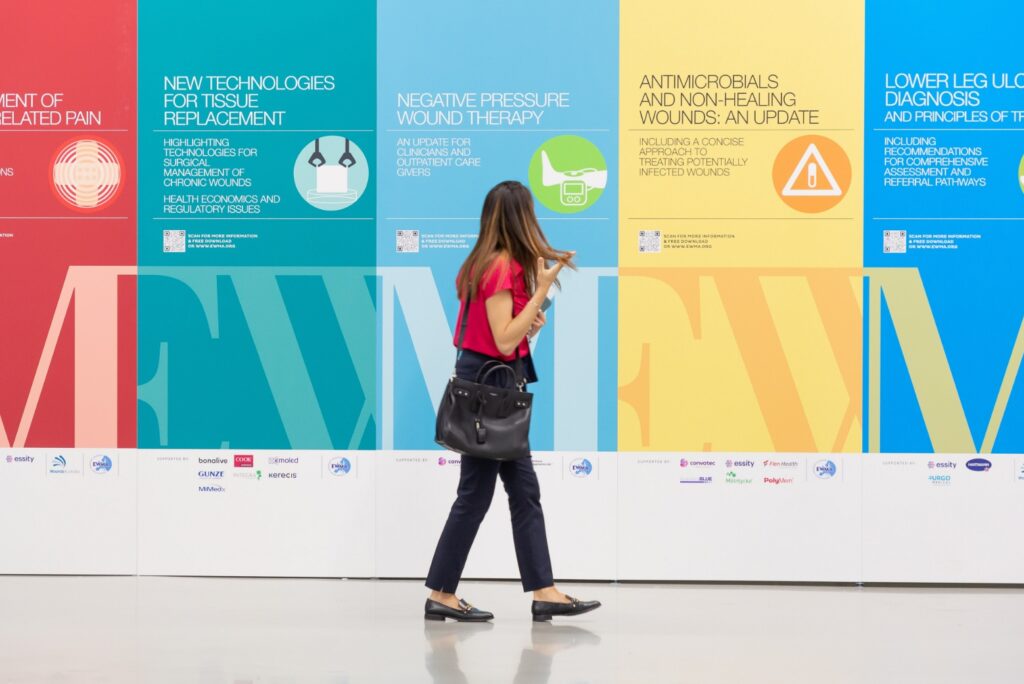- Atypical Wounds
- Video
Description
Susan was a working mother (46 years old) when her Lower Limb problems started in 2003, following surgery for the removal of a Kidney due to the presence of a confirmed cancerous tumour. She has had type 2 diabetes for the last 30 years, which was originally well managed by diet and prescribed medication, however for the last 20 years the control of her diabetes has required daily Insulin injections.
Further to her hospitalisation for surgery, Susan developed swollen limbs and these led to the development of her bilateral leg ulceration, the management of which have been complicated by recurrent infections. She first started wearing Compression Bandages in 2003, but still developed associated Lymphoedema whist being managed by her GP and local Community nursing service at the time. During this period her leg ulcers became so severe that she was unable to continue with her work (which she enjoyed) and gradually her social life became more restricted due to her leg pain and significant amounts of wound exudate production.
When she was first referred to the Complex Wound Clinic in 2010 within the United Lincolnshire Hospitals NHS Trust (UK), that was led by Mark Collier (Nurse Consultant – Tissue Viability) and supported by his team members Helen Wilkinson, Katie Dalton and Emma Osborne – all Tissue Viability Nurses, in discussion with Susan the first objectives identified were to control her pain and exudate levels and minimise the risk of further recurrent wound infections, which over time were successfully achieved through the use an antimcrobial wound cleanser, various interactive dressings and the use of appropriate compression therapy with the support and involvement of Susan herself. Once Susan’s leg ulcer management had become stabilised (now only infrequent wound infections which were quickly addressed – usually be by a period of hospitalisation for Intravenous Antibiotics, during which the ULHT Tissue Viability team could reassess Susan progress and further inform the same) and Susan had moved to another GP practice, a rapport was formed between Mark and the Case Manager of the relevant District Nursing Service and as a result of this a successful collaborative approach to Susan’ ongoing management was agreed and maintained. Care was shared between the Complex Wound Clinic staff and the District Nurse Team. So much so that despite further medical conditions and complications suffered by Susan, all of which have been identified in the literature as likely to compromise the ‘normal wound healing process’ significantly, her leg ulcers are clinically closed and she is looking forward to an improved Quality of Life. In her own words,
‘I am pleased to say that my leg ulcers have healed now and in the next few weeks I will be In compression hosiery or wraps which means I will be able to have new shoes and Out of my bandage after 17 years so I’m looking forward to the future with new hope’. Susan Rudden (July 2020).
Join more than 25,000 international colleagues!

European Wound Management Association
© All Rights Reserved 2024